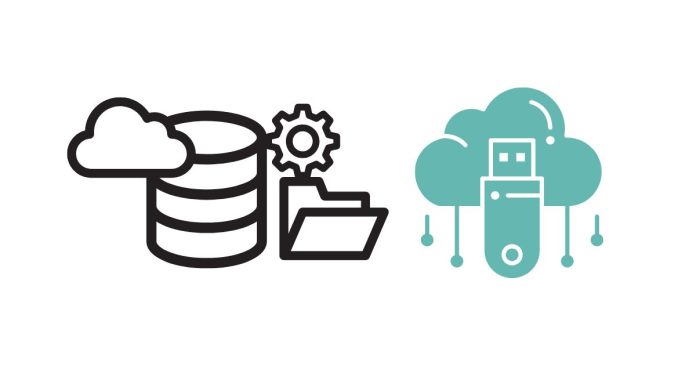In today’s digital age, computers have become an essential tool for storing, managing, and accessing data. Whether you’re saving documents, photos, videos, or software applications, it’s important to understand where your data is stored on your computer. In this blog post, we’ll explore the different storage locations within a computer and explain how your data is organized and accessed.
Understanding the Main Storage Areas of a Computer
When you use your computer, data is typically stored in one of several places, depending on its type and the software you’re using. The primary areas where data is stored include:
- Hard Drive (HDD) or Solid-State Drive (SSD)
- Hard Drive (HDD): Traditional hard drives use mechanical parts to read and write data on spinning magnetic disks. While HDDs are more affordable, they are generally slower compared to SSDs.
- Solid-State Drive (SSD): SSDs store data on flash memory chips, providing faster read and write speeds. They have become the standard in modern laptops and desktops due to their speed and durability.
These drives serve as your computer’s main storage space where your operating system, applications, files, and other data are stored. Your documents, photos, music, and even the software you use every day are saved here.
- Random Access Memory (RAM)
- RAM is a type of temporary storage used by your computer to store data that is actively being used. It is much faster than the hard drive or SSD, but it is volatile, meaning that all data is lost once the computer is powered off.
- RAM is essential for running applications and multitasking, as it allows your computer to access data much faster than it could from the hard drive or SSD. However, when you save a file, it is written to permanent storage (either the HDD or SSD), not the RAM.
- Cloud Storage
- Cloud storage is an online service that allows you to store data on remote servers instead of locally on your computer’s hard drive. Services like Google Drive, Dropbox, and iCloud provide cloud storage, allowing you to access your files from anywhere with an internet connection.
- While cloud storage isn’t physically part of your computer, it is increasingly used as a supplement or backup for important data.
- External Storage Devices
- External drives, such as USB flash drives, external hard drives, and SD cards, are used to store data outside of your computer’s main storage. These devices are portable and allow you to transfer data between different computers or keep backups of important files.
- External storage can also provide additional space if your computer’s internal storage is running low.
How Is Data Organized on Your Computer?
When you save data on your computer, it’s typically stored in files and organized into folders. These files can be of different types, such as text documents, images, videos, or software. Folders help you keep related files together, making it easier to organize and retrieve information.
In addition to user files, your computer’s operating system (like Windows or macOS) uses various system files to manage hardware, software, and overall system functionality. These system files are stored in designated areas of your hard drive or SSD, and they should generally not be tampered with.
How Does Your Computer Access Data?
When you open a file or run an application, your computer retrieves the necessary data from the storage and loads it into RAM. This enables you to interact with the file or app more quickly. If the data isn’t in RAM, your computer will access it from the hard drive or SSD, which may take longer.
The speed at which your computer accesses data is influenced by the type of storage you’re using. For example, an SSD will load data faster than an HDD, and having sufficient RAM allows your computer to keep more data readily available for quick access.
Why Should You Care About Where Data Is Stored?
Knowing where your data is stored is important for several reasons:
- Performance: The type of storage affects your computer’s overall performance. Faster storage (such as SSDs) leads to quicker boot times, faster file access, and better multitasking.
- Data Backup: Understanding where your files are stored helps you back them up effectively. Many people use external storage devices or cloud services to ensure they don’t lose important data.
- Security: Keeping your data on your computer’s main storage or in cloud storage means you need to protect it from potential threats like viruses or hackers. Always keep your storage devices secure by using strong passwords, encryption, and other security measures.
Your computer stores data in various locations, including the hard drive or SSD, RAM, cloud storage, and external devices. The primary storage (HDD or SSD) is where your most important files and applications reside, while RAM is used for temporary data storage to enable faster access during active use. By understanding where your data is stored and how it’s accessed, you can manage your computer’s performance, organize your files more effectively, and ensure that your data is secure and backed up.


